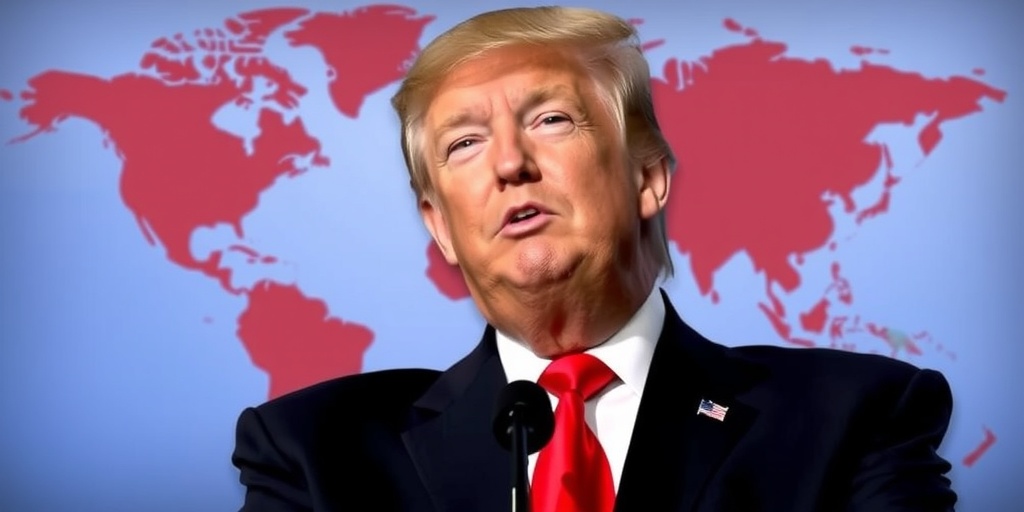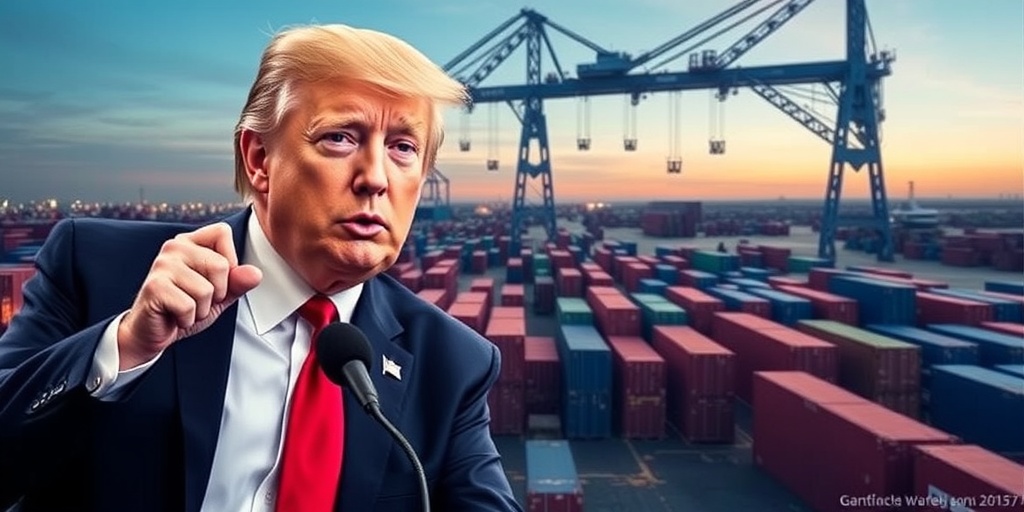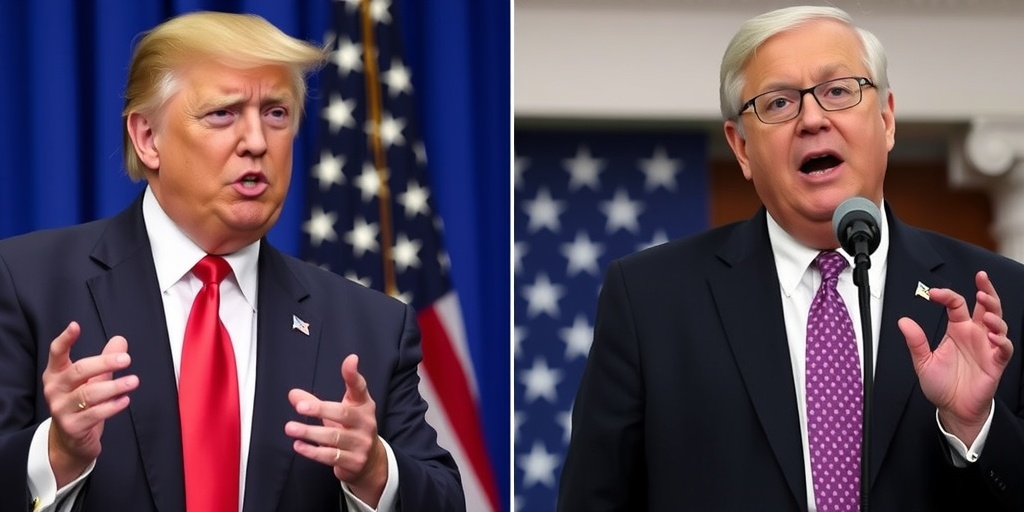Now Reading: Fact Check: Trump’s Claims on Global Trade and Tariffs
-
01
Fact Check: Trump’s Claims on Global Trade and Tariffs
Fact Check: Trump’s Claims on Global Trade and Tariffs

Title: Examining President Trump’s Claims on Tariffs and Trade
In recent developments regarding trade policies, President Trump has exhibited a highly variable stance on tariffs, pivoting in and out of positions concerning which nations and products would be affected. Throughout his political trajectory, however, his rationale for implementing tariffs has remained consistent, characterized predominantly by inaccuracies and exaggerated assertions about a global trading system he describes as “unfair” to the United States.
This past Wednesday, President Trump announced a temporary halt on certain escalated reciprocal tariffs for a period of 90 days. Nonetheless, a 10% "baseline" tariff continues to apply to most imports from abroad. This announcement and subsequent analysis raise significant questions regarding the accuracy of Trump’s frequently cited claims about the effects of his trade policies.
Misguided Claims on Tariff Revenues
One of the most notable facets of Trump’s tariff claims revolves around the supposed financial gains for the U.S. Treasury. He alleged, “If you look at China, I took in hundreds of billions of dollars in my term, hundreds of billions. They never paid 10 cents to any other president, and yet they paid hundreds of billions.” However, a close examination reveals a stark lack of evidence to support this assertion.
Following the implementation of a 10% tariff on an array of imports on April 5, the U.S. government garnered only $215 million in customs and excise taxes by April 7—significantly less than the hundreds of millions Trump claimed. Prior to the tariff enactment, tax collections oscillated between $160 million and $212 million per day. Notably, some of Trump’s figures appear to derive from exaggerated projections made by Peter Navarro, his trade adviser, predicting that sweeping tariffs could potentially yield $600 billion annually, an estimate that has since been discredited.
Exaggerated Trade Deficits
Another frequently cited phrase from Trump is his claim of lost revenue through trade deficits. He stated, “We lose close to $2 trillion a year on trade. We lose $1 trillion a year to China, a trillion,” followed by a claim of a $350 billion deficit with the European Union. Experts assert that these figures are not only inflated but misrepresent what trade deficits really signify: they do not represent money "lost" but rather the difference between what is imported and exported.
In reality, the U.S. trade deficit for 2024 was reported at $918 billion, marking a peak yet falling short of Trump’s erroneous estimates. The discrepancy in reported deficit amounts visualizes a clear contrast to the exaggerated claims. The administration’s focus on bilateral deficits rather than overall figures has drawn skepticism from many economists.
Historically Inaccurate Trade Assertions
Beyond current policy implications, Trump has made historically inaccurate claims about tariffs. He reiterated a flawed narrative asserting that the Gilded Age was America’s peak of prosperity, a time contrasting sharply with today’s economic reality. Additionally, assertions attributing the Great Depression to reduced tariffs have been debunked by historians pointing out that extensive tariffs remained long after the income tax was instituted in 1913.
In his comments regarding the European Union, Trump suggested that it was created as a collective attempt to undermine U.S. trade practices. This characterization brushes away the historical context of the EU’s establishment, rooted in post-World War II cooperation and security objectives among European nations, which the United States had historically supported.
The Effects on Consumer Goods and Automobiles
The impact of these tariff policies extends into consumer goods as well. Trump’s proclamations about trade imbalances with Japan and the European Union center around his frustrations that U.S. manufacturers have struggled to penetrate these markets. However, while it is true that imports from Japan outnumber American automobile exports there, Trump’s insistence that Japan does not import American cars is misleading. Data shows that Japan did import around 19,000 cars in 2023, while the U.S. imported 1.4 million from Japan, thus reflecting a stark disparity that stems from broader factors than simply tariff rates.
The consequences of the U.S.-imposed tariffs and claims made surrounding them have significant ramifications on domestic consumers, as tariffs impose additional costs on imported goods—a cost typically passed down to consumers.
As Trump resumes his role in the national political arena, it is critical to critically analyze and fact-check the assertions surrounding trade policies that so profoundly impact both the economy and international relations. Understanding the veracity of these claims is essential for discerning effective economic strategies moving forward.
Stay Informed With the Latest & Most Important News
Previous Post
Next Post
-
 01New technology breakthrough has everyone talking right now
01New technology breakthrough has everyone talking right now -
 02Unbelievable life hack everyone needs to try today
02Unbelievable life hack everyone needs to try today -
 03Fascinating discovery found buried deep beneath the ocean
03Fascinating discovery found buried deep beneath the ocean -
 04Man invents genius device that solves everyday problems
04Man invents genius device that solves everyday problems -
 05Shocking discovery that changes what we know forever
05Shocking discovery that changes what we know forever -
 06Internet goes wild over celebrity’s unexpected fashion choice
06Internet goes wild over celebrity’s unexpected fashion choice -
 07Rare animal sighting stuns scientists and wildlife lovers
07Rare animal sighting stuns scientists and wildlife lovers




















